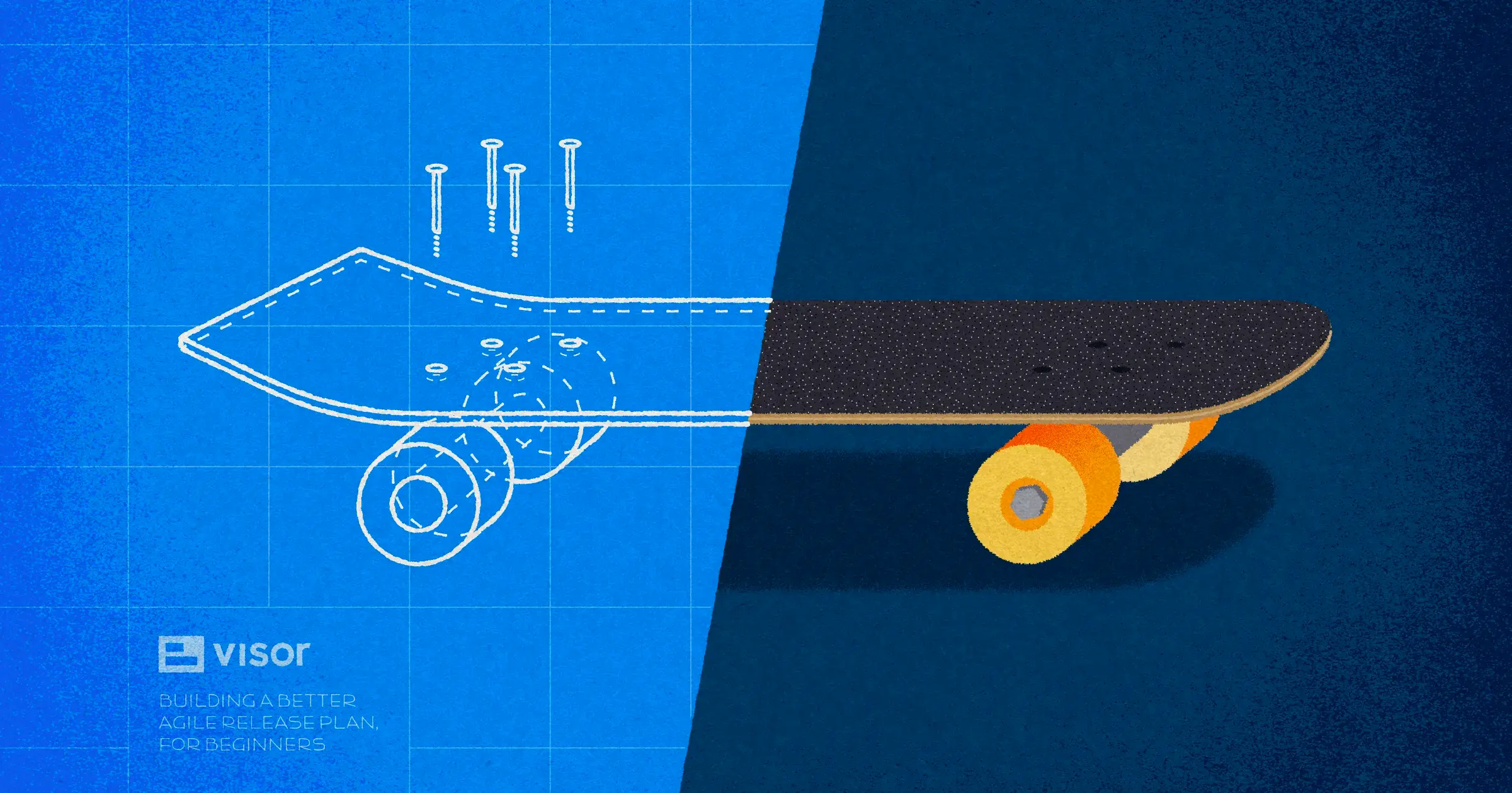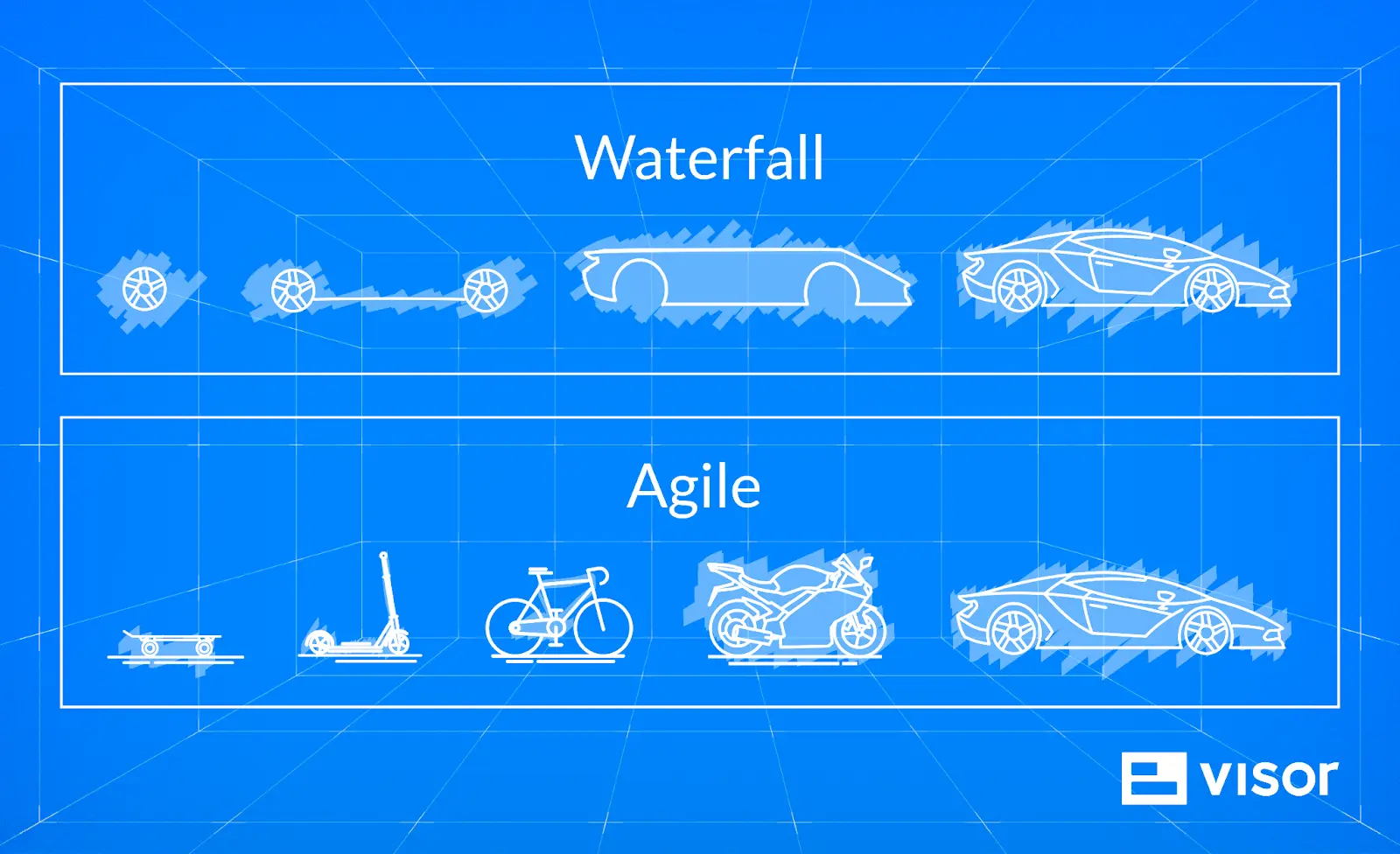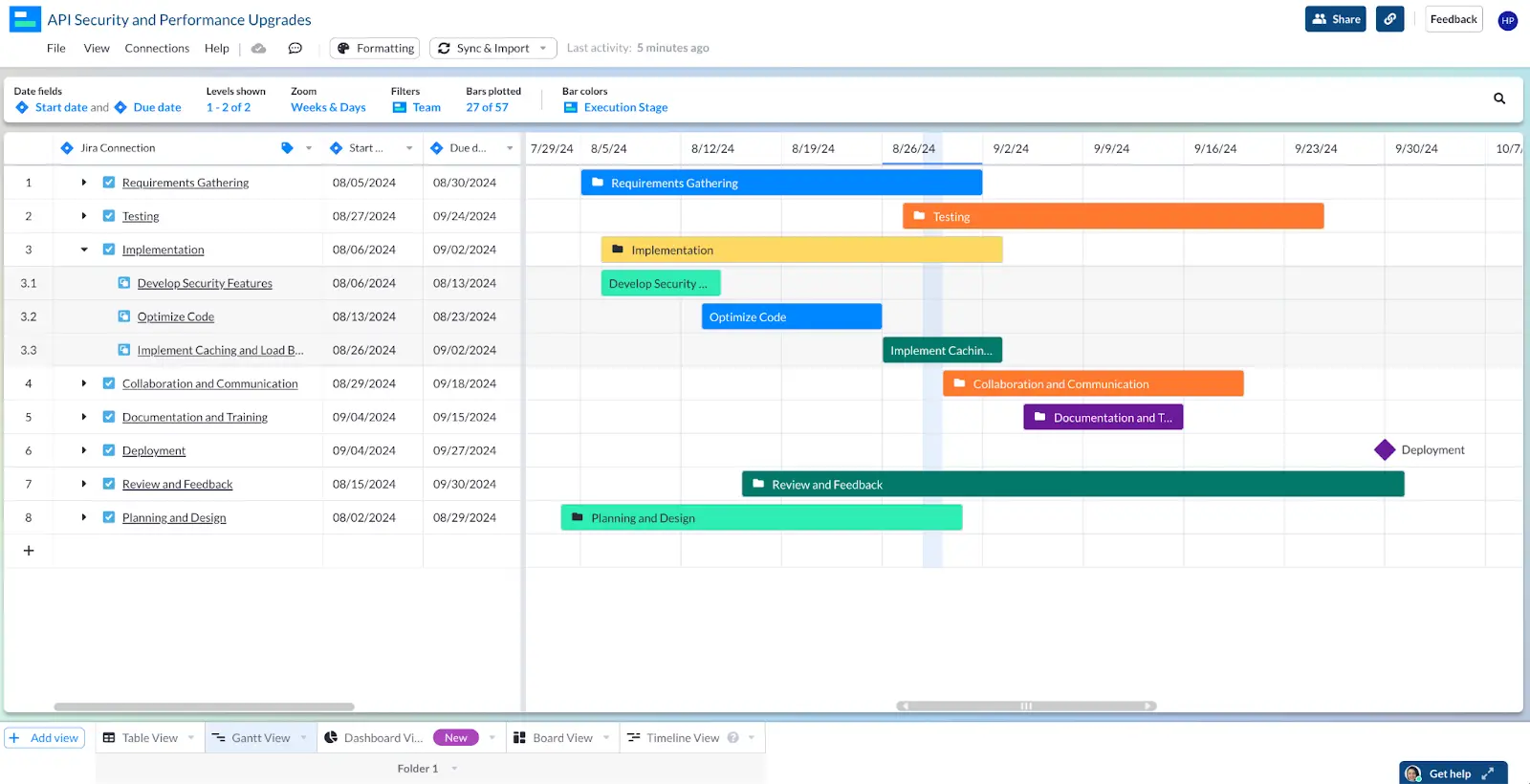
Building A Better Agile Release Plan, For Beginners
If you’re new to Agile methodologies, you might feel overwhelmed by the concept of an agile release plan.
It’s pretty hard to have a project without a plan. If you’ve ever tried it, you’ll find that you’re stressed and confused, and that stress and confusion compounds when you involve anyone else in the project. You’ll probably find that you start making plans naturally, needing at least a to-do list, no matter how big or small the project may be.
The default way most people would tackle that rudimentary plan is with a very straightforward list. You complete task A, then task B, then task C, in that order. But there’s another way you might think to plan a project, where you break down multiple projects into stages and handle them in overlapping waves so that you can do a little of task A here, a little of task C there, then back to task B somewhere else, until all the work is done.
Agile release plans follow a radically different system than a standard A > B > C (often called “waterfall”) style plan, where each item is completed in sequence and you don’t look back until the entire project is completed. If that’s what you’re accustomed to, switching it up can feel overwhelming.
But there’s no reason to let the unknown hold you back. We’ve got this quick guide to help get you started feeling confident about building your Agile release plan.
Visor is a project portfolio management tool designed to help you stay on top of every project at once. Two-way integrations with project management apps like Jira and Asana, along with CRM tools like HubSpot and Salesforce, help get all your data in one place, even if your people aren’t. Build intuitive, modern tables, boards, and charts that help you track each step of your project, then share beautiful snapshots with the stakeholders that need them. Try it free today!
A Quick Overview of Agile Release Plans
What is an agile release plan? At its core, it’s a system of project planning that breaks work up into parallel tasks rather than following a linear path.
But to fully understand what makes agile planning special, we need to look at what we’re trying to produce.
You may be familiar with the “skateboard” model of an MVP or minimum viable product. With MVPs, you’re looking for the base at which the final objective can be achieved. It may not be the best, most user friendly, or most efficient, but it will work to achieve the goal. Thus, when you’re creating a car, the minimum spot at which the product would be viable isn’t a tire but, rather, a skateboard.

It’s a small vehicle on wheels to help you move faster. While a far cry from a full car, a skateboard does the job.
As you can see in the illustration, the upper version follows a waterfall style, while the lower version – the true MVP – is using an Agile release plan.
Agile release planning involves creating a roadmap for how and when features will be delivered over a series of iterations, called sprints. Unlike traditional project planning, which often involves detailed, long-term plans, Agile release planning is flexible and can be adjusted based on feedback and changing priorities. The goal is to deliver small, workable pieces of the product frequently, allowing for continuous improvement and client or stakeholder feedback.
In Agile, your release plan is a schedule that outlines which features will be delivered in upcoming releases. It includes timelines for each release and the sprints of work leading up to them. The release plan is regularly reviewed and adjusted based on progress and new insights, so it’s flexible, even ever-changing.
When is agile a bad plan?
All this talk (and many Agile planning guides) will have you thinking that Agile is the end-all-be-all and there’s no better system for every situation.
That’s very much not the case.
Agile methodologies can be a poor fit for projects with rigid requirements and inflexible timelines. You might find that in industries with strict regulatory compliance, like healthcare or government departments, Agile is simply too flexible to fit with common strictures around work completion. These projects often demand detailed upfront planning and thorough documentation to meet regulatory standards, leaving little room for the iterative and flexible nature of Agile.
Additionally, Agile methodologies may not be ideal for large-scale projects involving extensive interdependencies and coordination among numerous teams. The decentralized and autonomous nature of Agile release planning that can be so helpful in other areas can backfire here. In these cases, it can lead to misalignment, inconsistencies, and integration challenges.
You know your team and your industry the best, so don’t be afraid to opt for a linear project planning methodology if you need to.
How to Start Adopting Agile Release Planning for Your Team
If this is new to you, you may feel a bit lost. We’ve stripped down the parts of an average Agile release plan into five stages. You may need to adjust these based on your specific project and goals, but overall this is the process most Agile release planning follows.
- Define the Release Goal: Determine what the release aims to achieve and what success looks like.
- Prioritize the Backlog: Ensure that the most valuable and critical features are at the top of the product backlog.
- Estimate Effort: Use estimation techniques to approximate the effort required for each backlog item. This helps in planning how much work can be accomplished in each sprint.
- Plan Sprints: Organize the work into sprints, deciding which items you want to tackle in each iteration. Ensure that each sprint builds towards the overall release goal. This is where you’re likely to see the most task overlap, especially if you have multiple groups working towards the same final goal.
- Review and Adjust: After each sprint, review the progress and adjust the release plan as needed. Incorporate feedback from stakeholders and make necessary changes to the backlog and future sprint plans.
This is the agile release planning MVP: the bare minimum of what you need to know to get the job done.
If you’re going to be adopting Agile, something absolutely critical is having a tech stack that can play well with those methodologies. Most traditional tech is made for a waterfall-style working world, and therefore it’s going to limit you on your ability to move “out of order” as most Agile sprints do.
What do we mean by “Traditional” tech? Think things like classic spreadsheets, Excel and Google Sheets, or project management tools that are ad hoc and not built specifically for Agile project management.
Tools like Visor help you work with your information and manage projects on a far more nuanced, complex scale. Rather than forcing your work to move only in one direction, Visor works with your production style, meeting you where you are at every stage.
An agile timeline in Visor

If you’re going to work in Agile, you need the ability to visualize your work in a number of ways, such as with Gantt charts – a type of chart that shows progress on project elements over time, overlapping in the way these things naturally do.
Agile Gantt Chart Template Example, created in Visor with Jira Data:

Agile is a lot to do at once, but it isn’t as complicated as it sounds. We have tons of templates for things like simple Gantt charts, but also more typical agile visualizations. Whether you need templates for sprint planning or sprint retrospective templates, Visor likely has it.
Are you adopting Agile?
Don’t be intimidated by Agile release plans. They’re a truly innovative, helpful way for you to engage with your work in more efficient ways, and can unlock potential your team didn’t even know they had.
Agile, waterfall, or anything in between, you need the right tools for the job. Visor is a project portfolio management tool that helps you turn data from apps like Asana and Jira into beautiful reports and a variety of charts to help your team work together, better than ever – even if you normally use different tools. Try it today for free.
If you’re on the learning journey about Agile methodologies, here’s what to read next:





